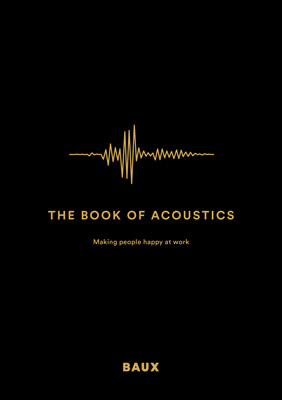5.0 Benefits of acoustic design
5.2 Health & Wellbeing
Excessive noise exposure has consequences for our health and wellbeing that extend far beyond hearing damage. Noise triggers the brain’s acute fightor- flight stress response and with it, the release of stress hormones like adrenaline and cortisol. With prolonged exposure, the body begins to show signs of suffering. Research links noise to harmful physiological effects ranging from anxiety and depression to an increased risk of cardiovascular disease.
Conversely, less noisy acoustic environments that are designed to support health and wellbeing have been proven to yield positive outcomes. A growing body of research indicates that spending time in quiet environments helps to lower stress and blood pressure levels, decrease fatigue, enable brain restoration, and promote healing. One study in the United States found that reducing environmental noise exposure by just five decibels would reduce the prevalence of hypertension by 1.4% and coronary heart disease by 1.8%, while saving $3.9 billion a year in healthcare costs.
A well designed acoustic environment leads to:
- Less tension and more relaxed states
- Reduced blood pressure levels
- Lower cortisol and adrenaline levels
- Greater capacity for brain cell regeneration
- Better immune system function
- More sustained energy
- Better sleep quality
- Accelerated healing and recovery
- Greater feeing of calm and tranquility
- Enhanced self awareness and ability to self-reflect on mental and emotional states
